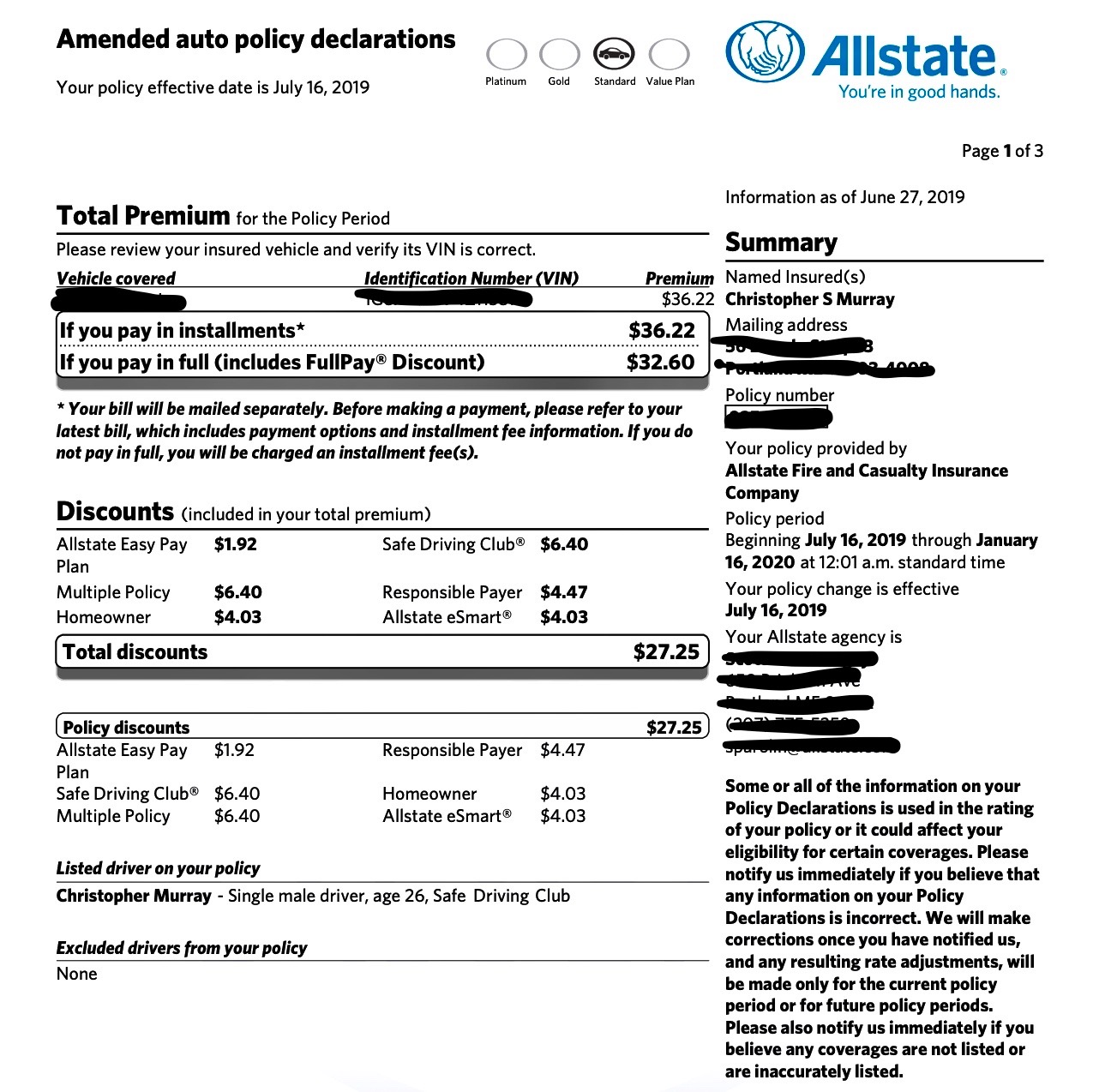

These are forms attached to the main insurance policy used to modify the duties or obligations under the policy. For example, the insurer may make filing a claim and providing proof of loss a condition to coverage. That is, the insurer will deny a claim for losses if an applicable condition in the policy is not satisfied. If policy conditions are not met, the insurer is not obligated to insure against the loss that is subject to that condition. ConditionsĬonditions are contractual provisions that require a certain fact or circumstance come about before duties or obligations arise under the contract. Excluded propertyįor example, a homeowners policy may not include certain personal property located within the home. Excluded Lossesįor example, an automobile policy may exclude normal wear and tear from everyday use.

There are three major types of exclusions: Excluded Perils or Causes of Lossįor example, homeowners insurance may exclude damages caused by flooding. ExclusionsĮxclusions are types of contingent risk that are not covered or insured under a policy. If the loss is not excluded, it is covered. This form of agreement insures all losses suffered to a person or specific property except those losses specifically excluded.

If the peril is not listed, it is not covered. This form of agreement insures perils specifically listed in the policy. There are two basic forms of an insuring agreement: Named Perils Coverage Specifically, it will describe the type of risks insured against and the person, property or subject matter covered under the policy.

This section, often called the insuring agreement, lays out the promises of the insurance company to indemnify the insured against certain risks of loss. This section can be very important for avoiding ambiguities in the agreement. Most insurance contracts contain a defined terms section that provides the common understanding of certain terms or phrases used throughout the insurance agreement. It will generally state the intentions of the parties with regard to the subject-matter of the insurance, the term of the policy, the risks covered by the policy, the limits on payment in the event an insured risk occurs, and the financial obligations of the insured (premiums, deductibles, co-payments, etc.). The declarations section of an insurance contract identifies the parties to the contract and dictates that the following provisions constitute an insurance contract. The general structure of an insurance contract is as follows: Declarations What is the structure of an insurance contract?


 0 kommentar(er)
0 kommentar(er)
